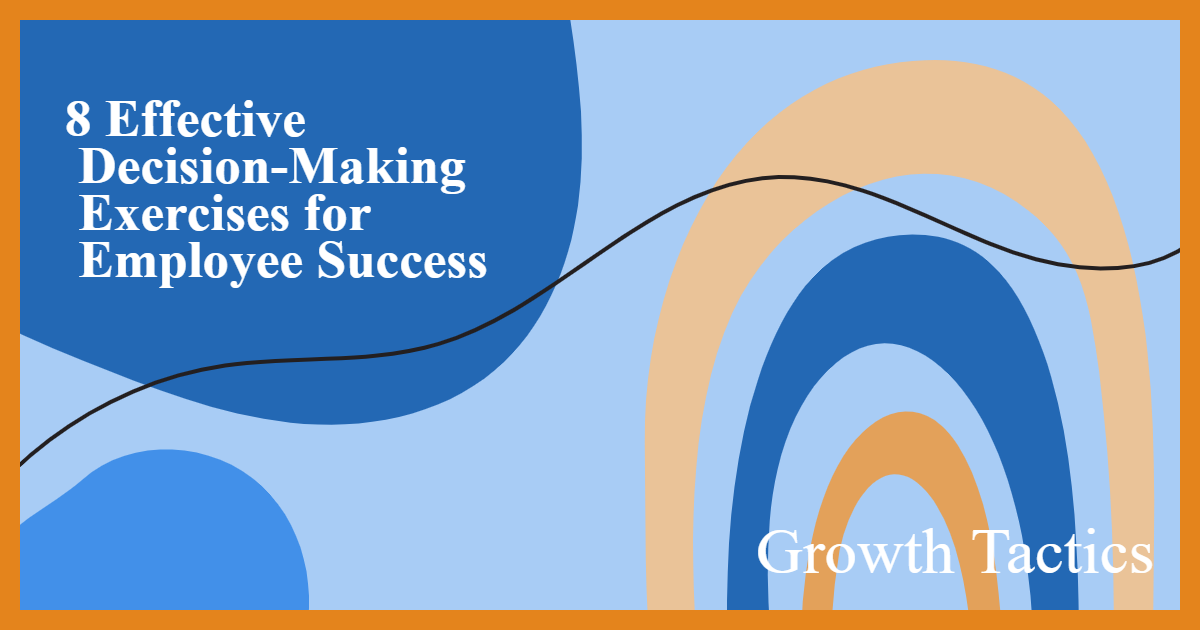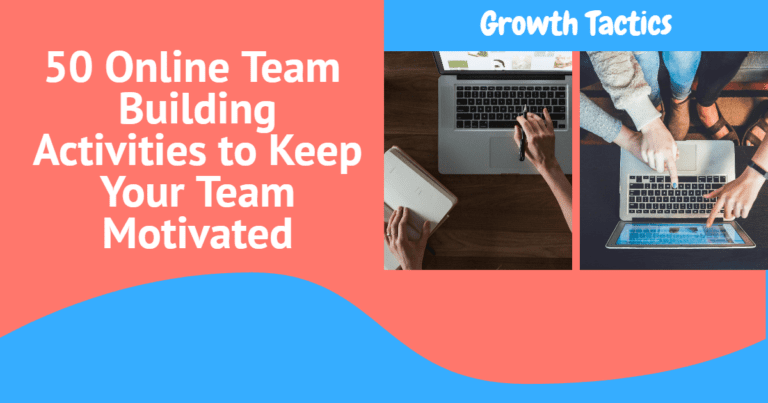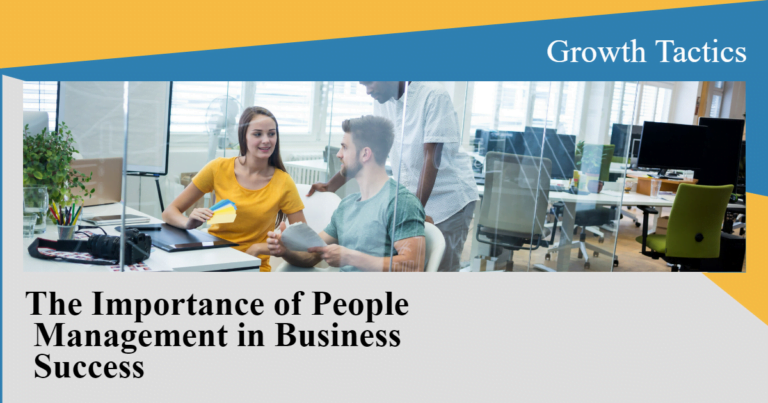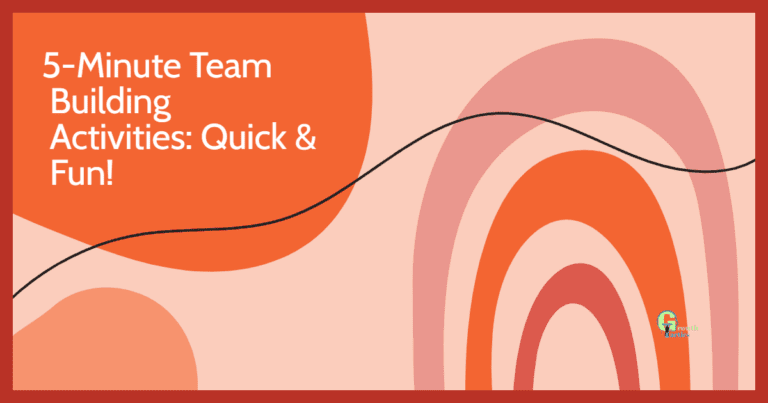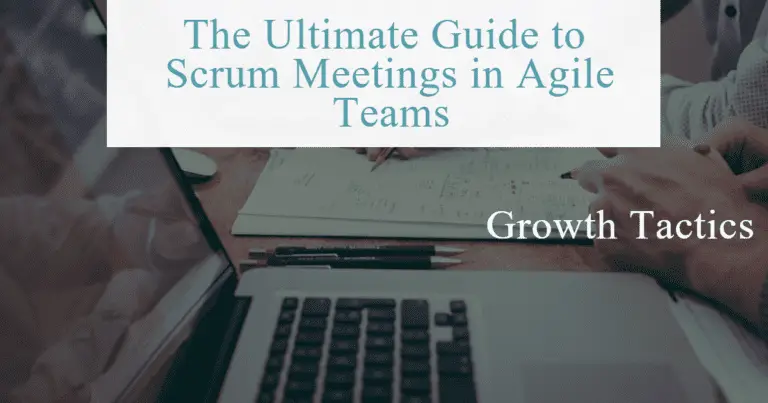Effective decision-making is critical for teams and organizations to achieve success. The ability to make good decisions helps move projects forward, solve problems, and capitalize on opportunities. However, decision-making can often be challenging, especially when multiple stakeholders are involved. Teams that lack effective decision-making strategies can get bogged down in endless debates, groupthink, and analysis paralysis. That’s why structured decision-making exercises can be so valuable for organizations.
In this guide, we will explore practical decision-making exercises to help your team build alignment, evaluate options, and drive progress on key initiatives. We’ll cover techniques like dot voting, affinity diagramming, role-playing, and more. With the right approach, your team can make quick yet informed decisions, consider diverse perspectives, and commit to a plan of action. The decision-making exercises we’ll review are designed to extract the best thinking from your team. When facing your next big decision, you’ll have a toolkit to help you synthesize ideas, analyze trade-offs, and reach alignment. Let’s dive in and start building your team’s decision-making skills.
Jump To Section
Brainstorming
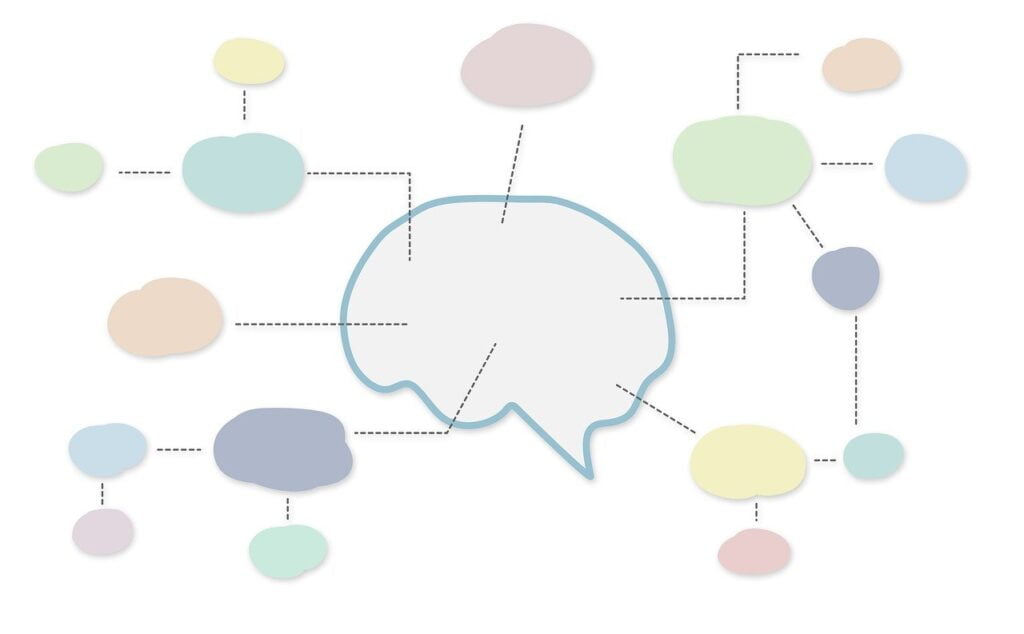
Brainstorming is a common technique used in decision-making exercises and team-building activities to generate a broad list of ideas and possible solutions to a problem. The brainstorming process involves gathering team members together and having them call out their ideas spontaneously, without over-analyzing or criticizing the suggestions.
Here are some tips for running an effective brainstorming session:
- Assign a facilitator to guide the discussion and make sure everyone participates. The facilitator may also record ideas on a whiteboard as they are shared.
- Encourage team members to build on each other’s ideas and think creatively without limitations. Wild ideas are welcome in brainstorming.
- Give the group a time limit, usually 5-10 minutes, to rapidly generate as many ideas as possible.
- Remind participants not to judge or evaluate the ideas during the brainstorming phase. Evaluation comes later.
- Make sure to capture all ideas, even if they seem unrealistic. Unique concepts can spark innovative solutions.
Brainstorming helps teams generate a large quantity of ideas and tap into the collective knowledge and creativity of the group. It’s especially useful when making decisions that require innovative or out-of-the-box thinking. For example, brainstorming can help a product team generate ideas for new features or improvements. It can also help an HR team ideate on better employee engagement initiatives. The key is to defer judgment and analysis to allow creative ideas to emerge.
Dot Voting
Dot voting is a simple and effective decision-making exercise that allows a group to prioritize options.
To run a dot voting session, start by listing out all the options or ideas that need to be ranked. This could be a list of potential projects, solutions to a problem, or anything else that needs to be prioritized. Write each item on a separate piece of paper and post them around the room.
Give each participant a set number of dot stickers, often 3-5 dots per person. Have them walk around and place their dots next to the items they feel are most important, valuable, or preferred. They can use all their dots on one item or spread them around.
Once everyone has used their dots, tally up the results. The items with the most dots are the top priorities according to the group.
Here are some tips for effective dot voting:
- Frame the question or problem statement before generating ideas. Participants need to know what they are voting on.
- Limit the number of ideas/options to a manageable number, usually 10-20. Too many will overwhelm voters.
- Give people time to walk around and consider all options before voting.
- Encourage spreading dots rather than putting them all on one item. This leads to better results.
- Have participants vote independently rather than discussing first. Avoid groupthink.
- Consider having people vote privately on paper first before adding dots publicly. This prevents biased voting.
Dot voting is a quick and easy way to get buy-in from a group on priorities and action items. The visual nature makes it straightforward for participants to see which options rise to the top. It’s an inclusive exercise that gives everyone an equal voice in the decision.
Affinity Diagramming for Effective Decision-Making
Affinity diagramming is a powerful team-building exercise that can improve decision-making. It allows participants to organize ideas and discover natural groupings and relationships.
The process involves giving team members a problem or question to consider. Participants silently brainstorm ideas and write each one down on Post-it notes or cards. The facilitator then invites people to place their ideas on a wall or board.
Next, the team works together to group related ideas. They shuffle things around until natural groupings and themes emerge. The facilitator names each affinity group.
Here are some tips for effective affinity diagramming:
- Provide plenty of space for people to work. Have a large board or wall available.
- Encourage lots of ideas. Participants should focus on quantity during the brainstorming.
- Give people time to silently group ideas before talking. Let patterns emerge.
- Name groups based on contents. Choose labels that capture the theme.
- Involve the whole team in grouping ideas and naming clusters.
- Focus conversations on making groupings rather than evaluating ideas.
- Capture key insights, conclusions, and next steps after finishing the exercise.
Affinity diagrams help teams make decisions by revealing priorities, relationships, and patterns within a topic. For example, a product team might use it to understand customer needs before design. An HR group could diagram employee concerns to shape new policies. It brings structure to unorganized ideas.
Six Thinking Hats

The Six Thinking Hats technique was created by Edward de Bono as a tool for groups to think together more effectively. It provides a framework for parallel thinking, where the group explores an issue from multiple perspectives.
Each “thinking hat” represents a different style of thinking:
- White Hat: Focuses on facts, figures, and data. “What information do we have?”
- Red Hat: Expresses emotions, feelings, and intuition. “What is my gut reaction?”
- Black Hat: Points out weaknesses, and risks; thinks critically. “What could go wrong?”
- Yellow Hat: Explores positives, benefits, and optimism. “What are the best case scenarios?”
- Green Hat: Generates ideas, possibilities, and solutions. “What are some new ideas?”
- Blue Hat: Thinks metacognitively, and focuses on process. “What is our thinking missing?”
To use this technique, the facilitator assigns each participant a hat to “wear” when thinking about a decision. This prompts them to approach it from that perspective. The group rotates through the hats, gaining a holistic view.
For example, when deciding on a new product launch, the group could don the Green Hat to brainstorm ideas, the Black Hat to point out risks, and the Yellow Hat to highlight benefits. The Blue Hat helps synthesize the thinking. This leads to more balanced decisions.
The Six Hats method encourages parallel thinking, reduces conflict, and helps groups make better choices through “six-sided” analysis. With practice, it can become a habitual framework for effective decision-making.
Role Playing
Role-playing is a useful technique to practice decision-making and explore different perspectives. In a role-playing exercise, participants are assigned roles and asked to think, speak, and make decisions from that role’s point of view.
Here are some tips for effective role-playing exercises:
- Provide enough background information so participants understand the scenario and their assigned roles
- Encourage participants to get into character and advocate for their role’s perspective
- Have participants role-play a scenario related to a real decision the team needs to make
- Allow time after the role play for a debriefing discussion
- Ask observers to take notes about insights and themes that emerged
Role-playing is great for exploring ethical dilemmas or issues with multiple solutions. For example, a role-playing exercise could involve:
- A product manager, engineer, and customer support rep debating a product roadmap priority
- A sales rep trying to close a deal with a reluctant prospect
- Team members taking on different department roles to understand cross-functional constraints
By stepping into others’ shoes, role-playing builds empathy and helps participants practice separating facts from emotions. This leads to better dialogue and decisions that consider diverse perspectives.
Traffic Light Method

The traffic light method is a simple and effective decision-making exercise that uses a color-coded ranking system. It may be used to prioritize a list of items, ideas, or options.
To use the traffic light method, the facilitator first asks participants to brainstorm and generate a list of items. This could be a list of proposed projects, solutions to a problem, or anything that needs to be prioritized.
Once the list is created, the facilitator asks participants to assign each item a color:
- Red means stop: These are low-priority items.
- Yellow means proceed with caution: These items have medium priority.
- Green means go Highest priority items.
The facilitator records the color coding for each item on a board or chart. The team then discusses the priorities and uses the colored designations to guide decision-making.
For example, all “green” items might be approved or implemented first, while “red” items are set aside. The exercise allows a group to quickly visualize priorities and levels of agreement.
Tips for using the traffic light method effectively:
- Make sure the list of items is clear before color coding begins.
- Encourage participants to be decisive in assigning colors. Don’t allow too many “yellows.”
- Have participants write their colored designations on sticky notes for easy grouping and discussion.
- Combine the method with dot voting for large lists – use dots to indicate high-priority greens.
- Use the exercise for both ideation and convergent thinking. Generate ideas first, then prioritize.
The traffic light method provides a simple, engaging way for teams to align on priorities and make decisions. The visual element helps improve clarity and participation.
Pros and Cons Analysis
Pros and cons analysis is a useful decision-making technique that involves listing out the advantages and disadvantages of each potential option. This simple exercise is great for evaluating different choices in a structured way.
To effectively use pros and cons analysis:
- Encourage participants to be comprehensive when brainstorming pros and cons. The goal is to identify as many factors as possible.
- Have participants assign weights to each pro and con based on importance. This helps determine which factors matter most.
- Calculate weighted scores for each option to make quantitative comparisons. The option with the highest score is likely the best choice.
- Focus the conversation on key pros and cons rather than debating unimportant minutiae. Stay strategic.
- Consider bringing in subject matter experts to provide additional perspective on the major pros and cons. Their input can prove invaluable.
Pros and cons analysis is commonly used for major decisions like:
- Evaluating job offers
- Choosing between project options
- Prioritizing new initiatives
- Determining budgets
The structured approach helps individuals and teams simplify complex decisions through objective analysis. Rather than relying on gut feelings, participants can have productive conversations based on the evidence.
Impact/Effort Matrix
The impact/effort matrix is a useful decision-making exercise that can help teams prioritize tasks or ideas based on their potential impact and required effort.
This matrix provides a visual representation to map out different options on a grid, with impact on one axis and effort on the other. Participants brainstorm ideas or list tasks and then plot each one on the grid to determine which options may provide the most value.
Here are some tips for using the impact/effort matrix effectively:
- Define metrics for impact and effort before starting. This provides a consistent scale for plotting items. For example, the impact could be measured in revenue generated or customers served. Effort could be person-hours required.
- Involve the whole team in brainstorming and plotting items on the matrix. Get collective buy-in on the placement of each idea or task.
- Focus first on items that score high in impact and low in effort. These provide the greatest return on investment.
- Don’t ignore high-effort/high-impact items. These may still be worth taking on if the payout is substantial enough.
- Re-evaluate the matrix periodically. New information or changes may alter the placement of some items.
The impact/effort matrix is useful for prioritizing features on a product roadmap, choosing between strategic initiatives, or deciding which support tasks to tackle first. It provides an objective way to make data-driven decisions as a team.
For example, a software company could use the matrix to prioritize potential new features. Plotting each feature idea based on its ability to delight customers (impact) and the engineering work required (effort) allows the product team to identify quick wins to build first. Features that customers want but require more effort may be scheduled for later.
Conclusion – Bringing Decision-Making Exercises Together
As we’ve seen, many useful exercises can help teams practice and improve their decision-making skills. By investing time in learning and practicing these techniques, your team can become much more adept at collaborating, analyzing options, and reaching decisions efficiently and effectively.
Here are some tips for getting the most out of decision-making exercises:
- Try combining techniques in a workshop format. For example, you could start with brainstorming to generate ideas, use dot voting to prioritize, and then finish with a pros/cons analysis to finalize the decision.
- Rotate facilitation responsibilities so that different team members get a chance to lead the exercises. This builds skills and gets more buy-in.
- Always follow exercises with a debrief to capture lessons learned. What went well? What could be improved next time?
- Customize exercises to suit your team’s needs. For example, role-playing can be adapted to your specific situations and decisions.
- Practice regularly – these are skills that require ongoing use to master. Set up recurring decision-making sessions.
- Have fun with it! Injecting creativity and playfulness into exercises leads to more engagement and enjoyment.
The ability to make clear, agreed-upon decisions is crucial for any successful team. By equipping your team with a toolkit of decision-making methods and consistently putting them into practice, you will be well on your way to achieving optimal team collaboration and problem-solving. Effective decision-making is a habit that leads to better choices, improved alignment, and ultimately greater results. Make it a priority for your team today.

